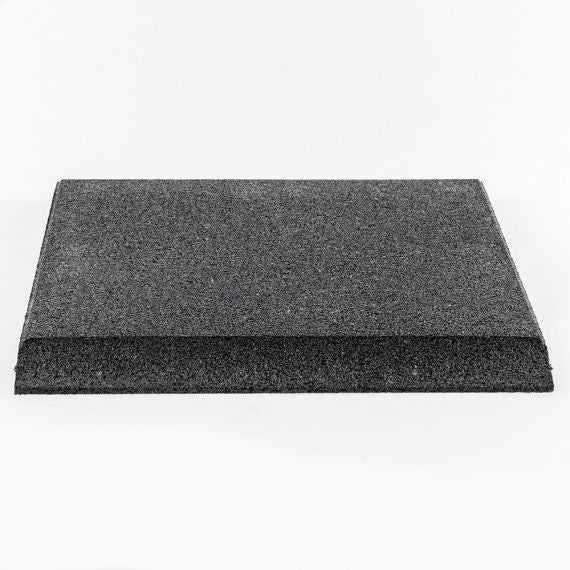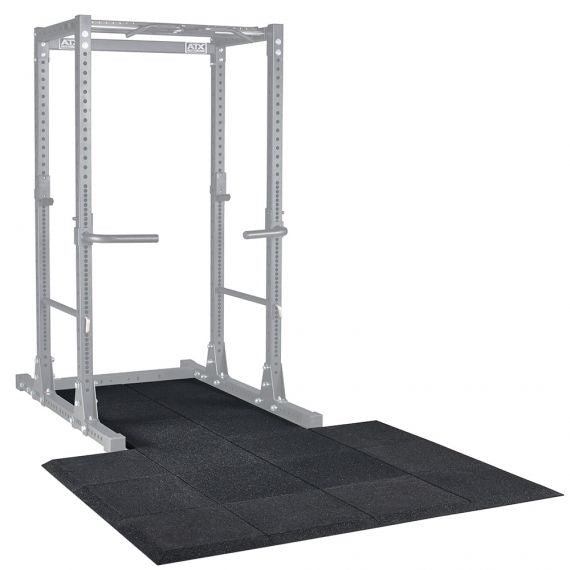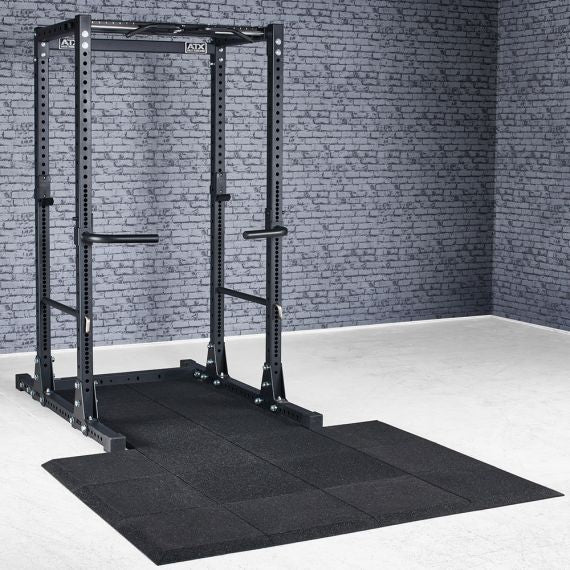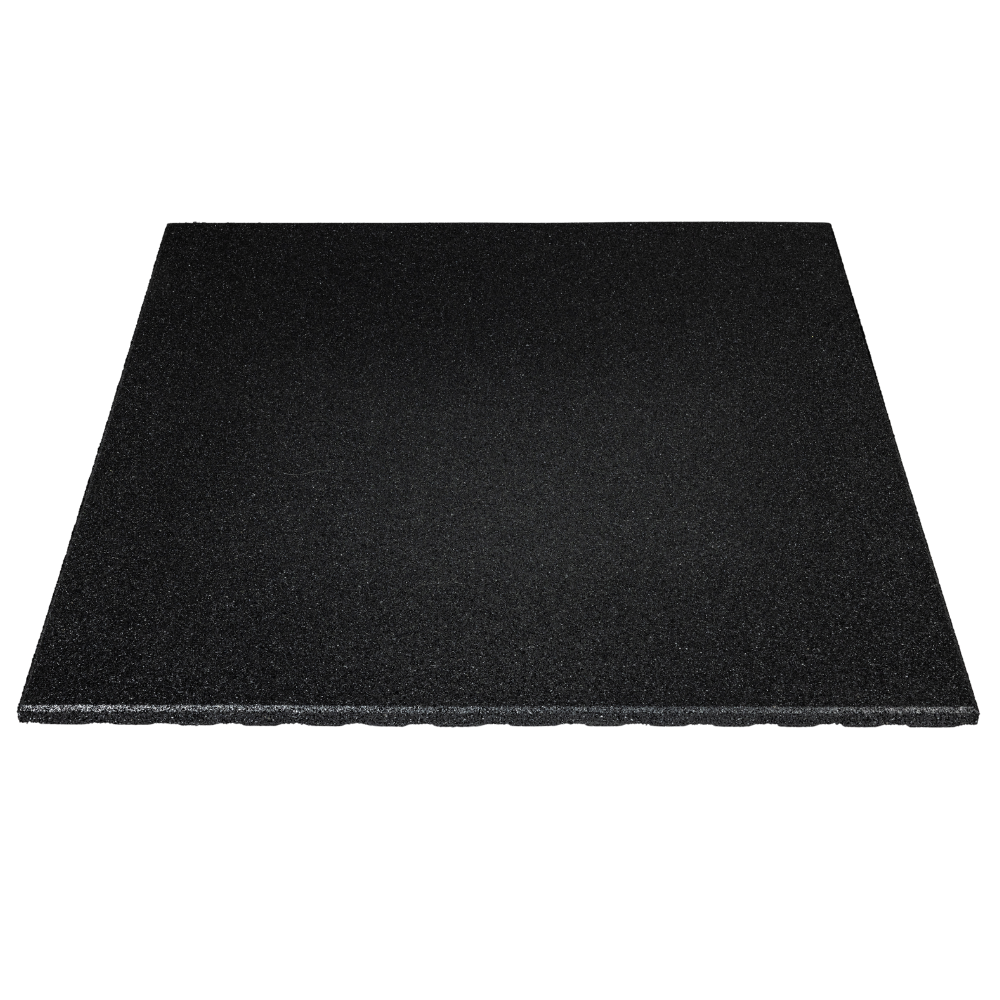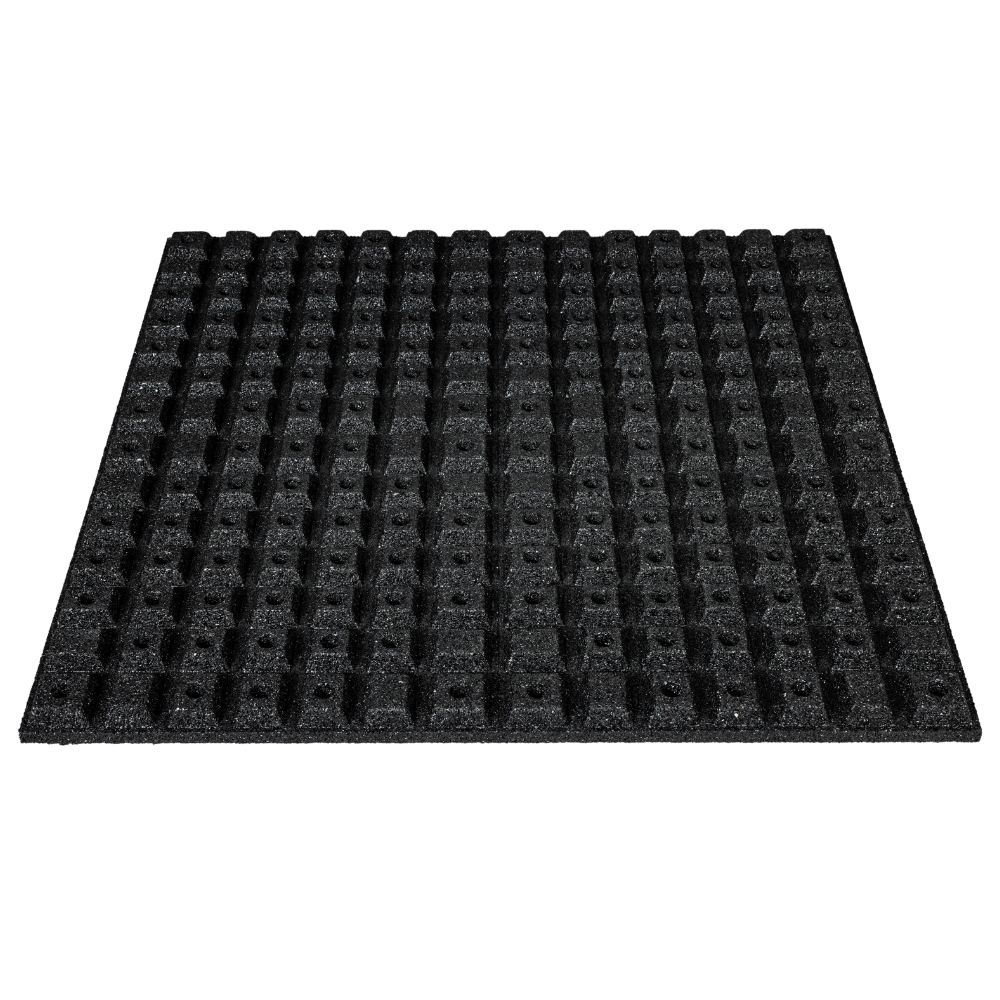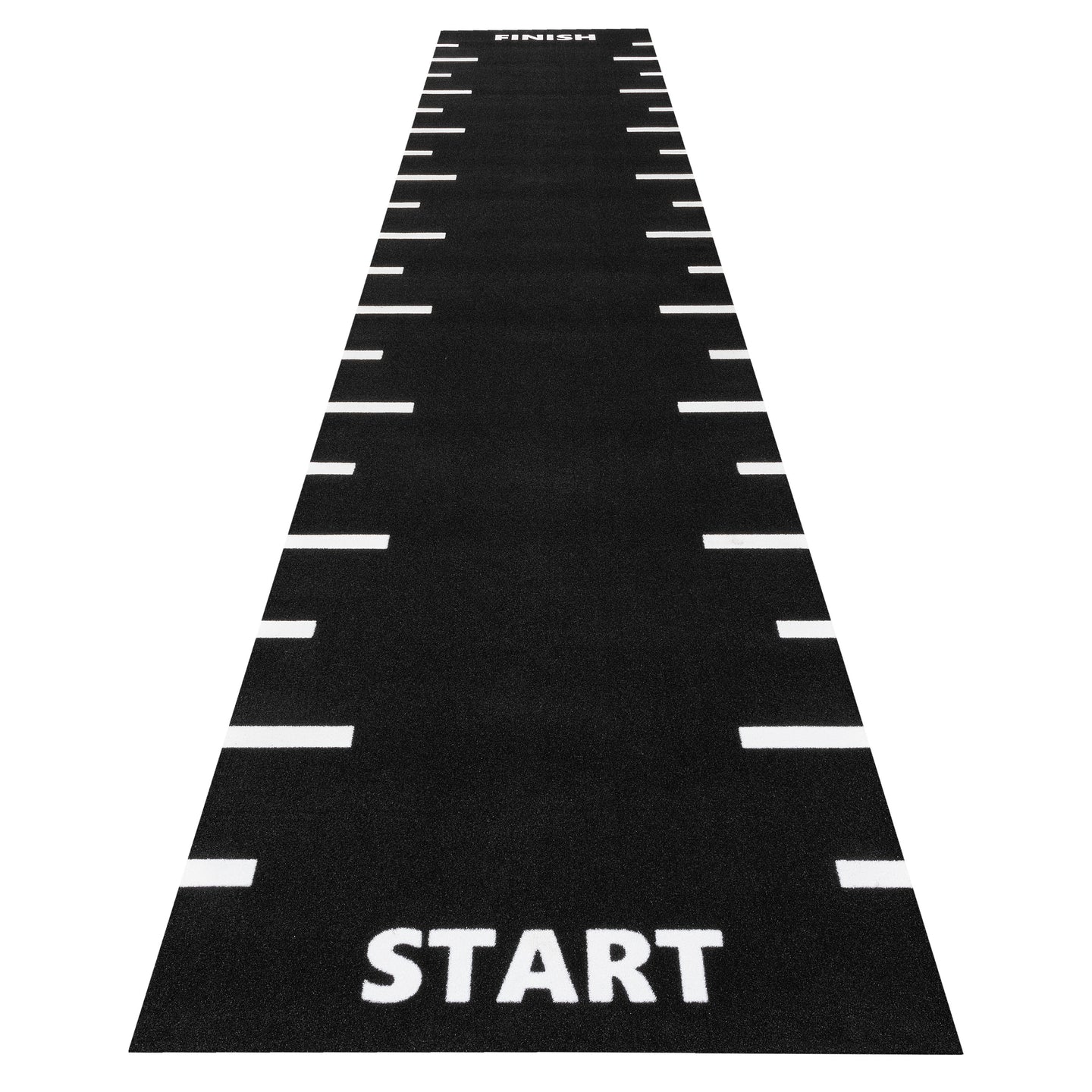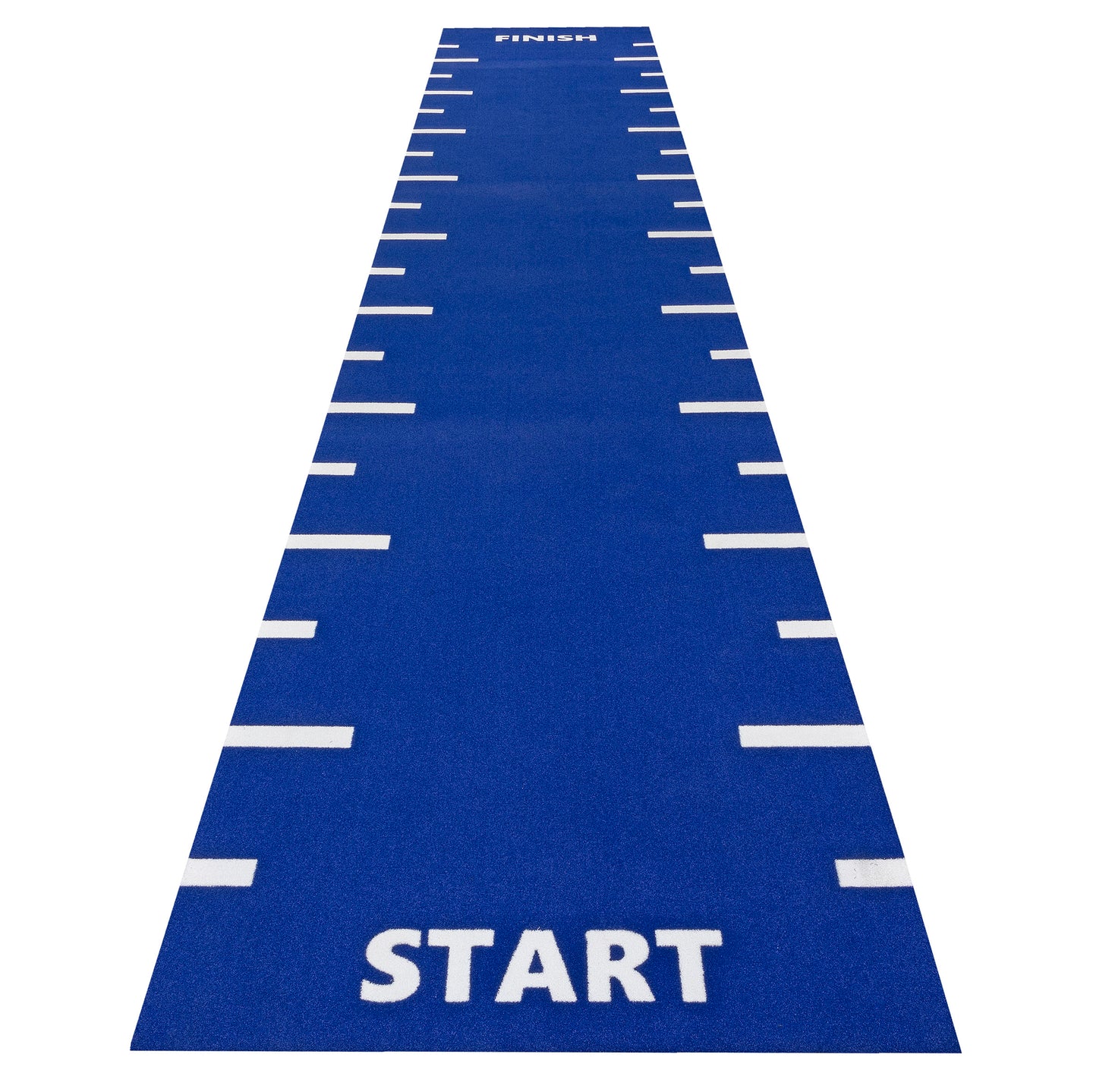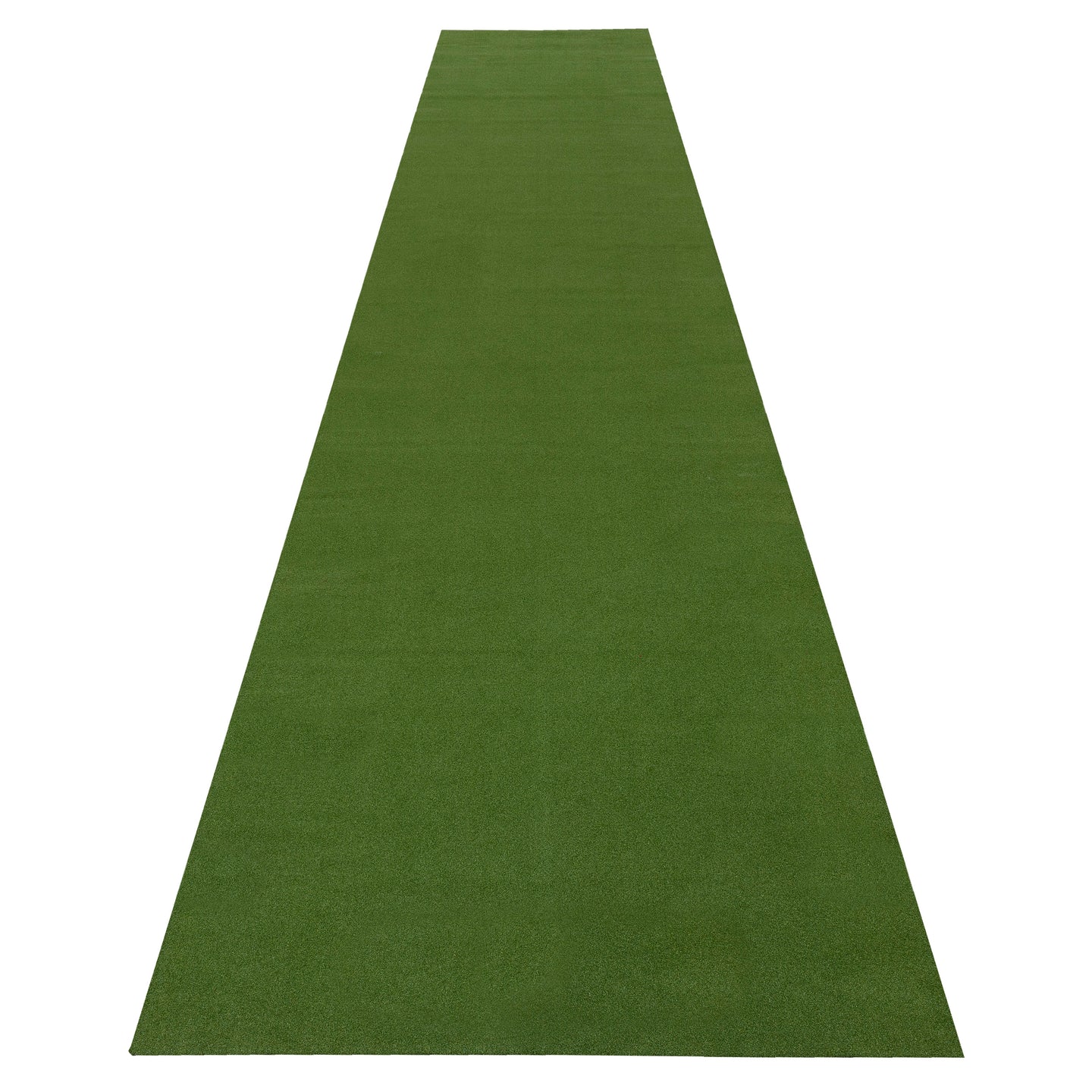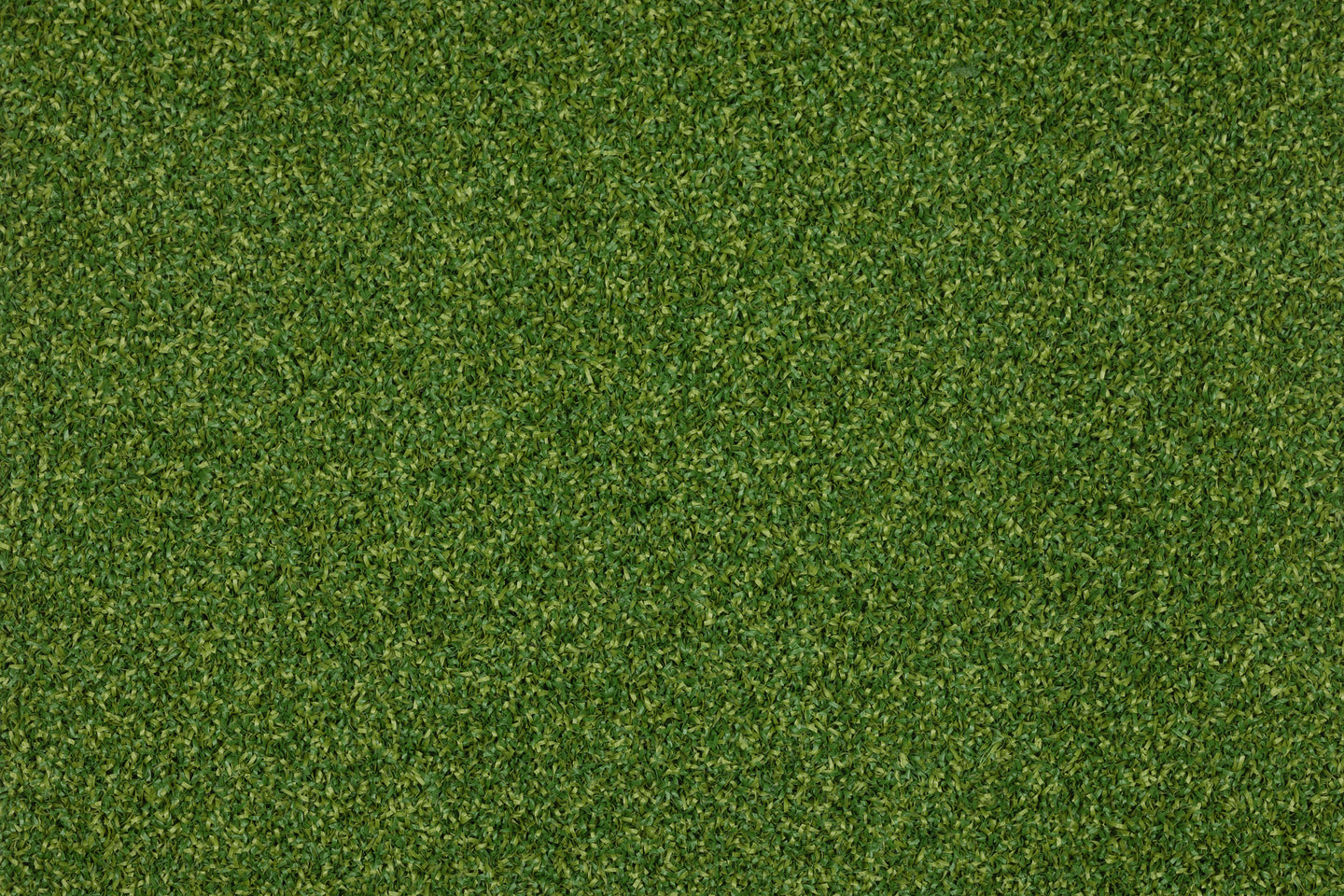Filters
-
Gymfloor® - granulate protective panels 500 x 500 x 30 mm
Regular price From €0,34 -
Floor protection mat standard 1000 x 1000 x 15 mm
Regular price From €30,17 -
Floor protection mat Excellence 1000 x 1000 x 15 / 20 mm
Regular price From €37,73 -
Complete floor protection surface - for power racks
Regular price From €200,84 -
Floor protection mat Excellence 1000 x 1000 x 15 mm
Sale price From €352,10 Regular price€377,31 -
Floor protection mat standard 1000 x 1000 x 15 mm
Sale price From €276,47 Regular price€301,68 -
Antishock fall protection plate 1000 x 1000 x 40 mm
Regular price €67,14 -
Artificial turf sprint track - Start & Finish - 10 meters
Regular price From €1.007,56 -
Artificial Turf Sprint Track - Standard - 10 Meters
Regular price From €755,46 -
Puzzle board Excellence 980 x 980 x 10 mm
Regular price From €16,72
Ordering, delivery & care.
Can I get advice before purchasing?
Yes! Our team will be happy to assist you with your product selection – by phone, email, or in person at our showroom. Together, we'll find the right equipment for your training.
How quickly will the delivery take place?
We deliver quickly and reliably. You can find the exact delivery times directly on the respective product page or during checkout. We're happy to help with any questions about availability.
Will my device be delivered pre-assembled?
Many fitness equipment items are delivered partially assembled. Easy-to-follow assembly instructions are included. Many pieces of equipment can be assembled independently; for more complex items, we recommend a second person. If you require assembly service, please contact us.
How do I properly care for my fitness equipment?
Wipe down moving parts regularly, check screw connections for tightness, and ensure storage in a dry environment. For some devices, occasional lubrication is recommended—you can find information on this in the respective manual.
Not sure which product is right for your training goals? No problem! Our experienced team will take the time to talk to you – by phone (08142/448666), email, or visit our showroom. Together, we'll find the optimal solution for your needs.
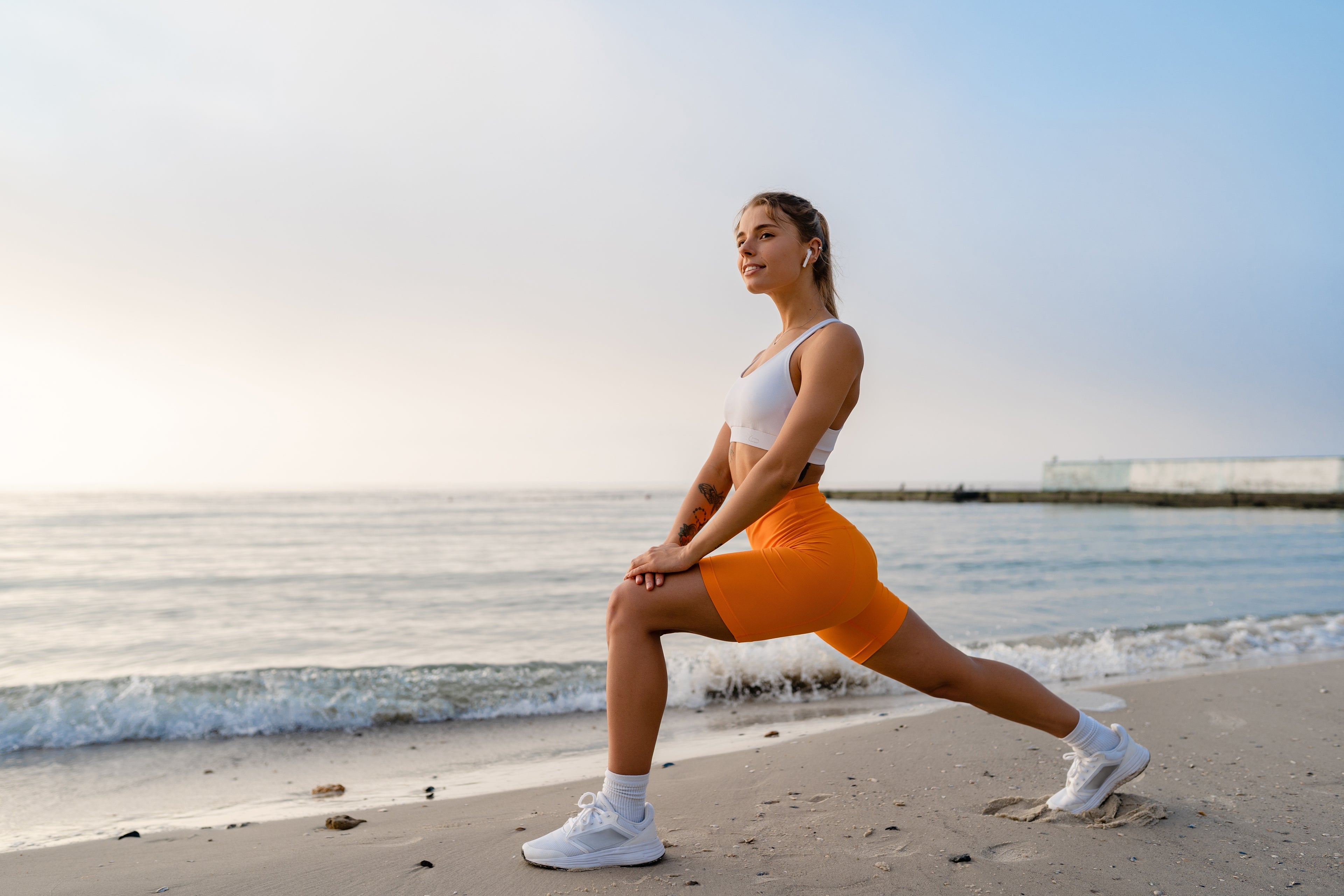
Fitness flooring for home and gym
A high-quality fitness floor is much more than just a practical accessory—it forms the foundation for a safe, effective, and enjoyable training experience . Whether in a home gym or a professional fitness studio, the right flooring not only protects the subfloor, but also the equipment and the exercisers themselves. In this comprehensive guide, you'll learn everything you need to know about fitness flooring—from the best materials to possible uses and benefits, as well as answers to the most important questions. The goal is to help you choose the optimal floor for your training area.
Why is a special fitness floor important?
A fitness floor fulfills essential functions for safe, effective, and hygienic workouts. It provides shock absorption for joint-friendly training, protects the surface from damage caused by equipment or weights, ensures a secure, non-slip footing during dynamic movements, and reduces disruptive noise —especially in apartment buildings or multi-story studios. Furthermore, a good fitness floor is easy to maintain, hygienic, and durable. All these properties make it an indispensable component of any training space.
Which floor is suitable for a fitness room?
Choosing the right fitness flooring depends largely on the type of training you want to do, the size of the room, and how intensively it will be used. For a multifunctional training area, a durable rubber floor is generally recommended, as it absorbs shock and is versatile.
Rubber flooring or rubber mats are considered the first choice when it comes to durability, shock resistance, and impact sound insulation . They are ideal for strength training, functional training, or use under heavy equipment such as treadmills or multi-gyms. They are available in rolls, slabs, or puzzle mats, with thicknesses between 10 mm and 30 mm, depending on the load.
PVC flooring, on the other hand, scores points with its smooth, easy-to-clean surface. It's particularly popular in cardio areas, classrooms, or rehabilitation zones. EVA foam flooring is often used in martial arts areas, where a joint-friendly and shock-absorbing surface is particularly important. These mats are characterized by their springy structure and high shock absorption , which minimizes the risk of injury during throws or falls. EVA foam mats are also a comfortable and safe choice for lower-impact training areas such as mobility, stretching, or bodyweight exercises—for example, yoga or Pilates.
Those looking to add visual interest while simultaneously creating a structured, functional area should consider artificial turf solutions with integrated markings. These are perfect for dynamic workouts with sleds, battle ropes, or agility ladders.
Which mats for home gym?
A home gym presents unique challenges: Comfort, flexibility, and ease of installation must be ensured, as must adequate floor protection and effective sound insulation . Different solutions are available depending on the type of workout.
For beginners or lighter workouts, puzzle mats made of thin rubber are ideal; they can be set up quickly and removed without leaving any residue. Those using heavier equipment such as racks, weight benches, or cardio equipment should opt for high-density rubber mats with a thickness of at least 15 mm.
Individual mats are also useful if you only want to protect the floor underneath the treadmill or weight machine. They absorb vibrations, dampen noise, and protect the floor from scratches. For core exercises, stretching, and yoga, non-slip yoga mats should also be used, providing comfort and hygiene.
A brief overview for orientation:
I. Beginners: 10 mm thickness (light cushioning, easy handling)
II. Advanced athletes and powerlifters: 15 - 40 mm thickness (high shock absorption, protection during weight drops)
Which flooring is best for a gym?
Professional fitness studios require particularly durable and standard-compliant flooring solutions that are not only functional, but also visually appealing and safe. Rubber flooring with appropriate certifications (e.g., B. DIN 18032 or EN1177) ensure safety, fire protection and hygiene.
A high-quality studio fitness floor should be easy to install, slip-resistant, and fire-resistant. Sound insulation is also particularly important, as studios are often located in commercial units or multi-story buildings. Additionally, branding elements such as logos, zone markings, or colorful highlights can be integrated directly into the floor, creating a professional, uniform look.
Why do gyms use rubber flooring?
Rubber flooring has become an indispensable part of everyday gym life. Their advantages are obvious: They offer excellent shock and impact sound absorption , which benefits both the joints of the users and the building. They are also extremely durable and can withstand high traffic and the constant stress of weights.
Another advantage: Rubber floors are easy to maintain and can be easily cleaned with disinfectants —an important consideration in high-traffic areas. Their slip resistance also contributes to the safety of those exercising, ensuring there's no danger of slipping, even during intense workouts.
How much does sports flooring cost?
Prices for fitness flooring vary widely depending on the material, installation method, and quality . There are affordable entry-level solutions for home gyms, while professional studios should invest in durable premium versions.
1. Rubber mat (6–10 mm): approx. 25 – 40 € - For home gyms, quickly installed
2. Rubber plate (15–30 mm) - approx. 40–60€ - Highly resilient, ideal for studios
3. Fall protection plate (from 40 mm) - approx. 80€ - Weightlifting
4. EVA puzzle mat: approx. 40 – 80 € - For martial arts, yoga, mobility
5. Artificial turf roll (from 10 m²): from 899€ For functional training, visual demarcation
Additional costs for accessories such as access ramps, underlays or special adhesives must also be taken into account – as well as, if necessary, for professional installation by professionals.
Which fitness floor is suitable for rental apartments?
Anyone training in a rented apartment must be considerate of their neighbors and the building structure. Sound insulation and easy, residue-free installation are particularly important here. High-density rubber tiles starting at 15 mm are particularly effective at reducing impact sound and protecting the floor. Combined with additional underlays—such as impact protection tiles —even intensive weight training sessions can be made significantly quieter. For bodyweight exercises, lightweight puzzle mats or yoga mats are ideal, offering flexibility and portability.
Areas of application for fitness flooring
Fitness floors are versatile and can be optimally combined depending on the type of training and room use. In a home gym, they provide safety and comfort; in a weight training area, they protect the floor and equipment under heavy loads. Functional areas benefit from non-slip artificial turf with texture and markings. Cardio areas require smooth, quiet surfaces, while yoga and stretching zones require soft, comfortable surfaces. Whether strength, cardio, mobility, or rehabilitation – there's a suitable solution for every need. If you want to combine different training zones in one room, you should combine different floor types to achieve maximum efficiency and functionality.
The right fitness floor makes the difference
A well-designed fitness floor not only increases safety and comfort, but also protects your equipment and the property itself. The choice between rubber, artificial turf, or foam depends on the training goal and location. For maximum functionality and a professional environment, it's worth investing in quality.
Discover now: Our high-quality fitness floors – the optimal solution for every workout. Strengthen your workout from the ground up – with the perfect floor from motion sports.


